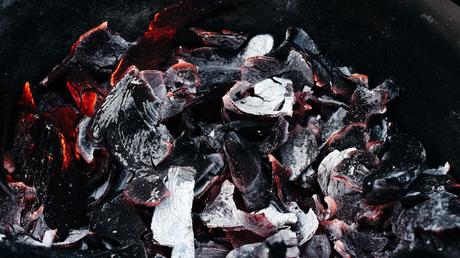Every year around Beltane, I think of The Wicker Man. Of course, the holiday itself, aka May Day, is no cause for alarm. What makes the movie so effective—and I mean the original film, of course—is the fear of others’ religions. My last two books have explored the nexus of horror and religion and The Wicker Man always stands out as an example of how naturally the two go together. May Day, or Beltane, represents one of the cross-quarter days. It falls roughly halfway between the vernal equinox and the summer solstice. Days are noticeable longer now than they were back before the equinox, and Beltane, like many cross-quarter days, uses the symbolism of light to remind us of the seasonality of life. While the light is here we should make use of it.
 Photo by Ameen Fahmy on Unsplash
Photo by Ameen Fahmy on Unsplash
Agricultural festivals—and many ancient holidays began as such—acknowledge the importance of the lives of animals pastoralists depended upon. Imbolc, the start of spring, was marked by sheep beginning their lambing. Beltane was the point at which cattle could be driven to pasture. It stands opposite Samhain, the origin of our Halloween, with Lughnasadh falling between. These holidays were often celebrated with bonfires (thus The Wicker Man), but fire was understood as protective rather than destructive. Although the Celts seem to have originated in east-central Europe, they were pushed to the northern fringes of the British Isles by other invading peoples. Their location in chillier climes suggests that fire may have also held a practical purpose.
May Day is celebrated throughout much of Europe as a day associated with fertility. This, it seems, was a major cause of concern among Christian missionaries. Fertility is, of course, a natural hope. Agrarian peoples rely on it to survive. Fire served to bless the animals and to keep away the mischief of the little people, or nature spirits. Much of what we know of Beltane, as with other Celtic holidays, has to be reconstructed since the Celts didn’t leave a scholarly archive that could be farmed for information. Indeed, prior to widespread literacy what would’ve been the point of writing down what the folk already knew? It was obvious that summer was on the way. Even in years when the temperatures struggle to warm consistently, there are hints that “the light-soaked days are coming.” The bonfires of Beltane represent the warmth and light that are on their way. And what religion could object to that?
